The very hot one Cayenne pepper is used all over the world to flavor dishes. Anyone who bites on one of the small spicy pods will feel a strong burning sensation in the mouth, which some people find unpleasant. The active ingredient of cayenne pepper also heals various diseases and is also used preventively.
Occurrence & cultivation of cayenne pepper

The berries that popularly Chilli pods are called, taste slightly bitter, somewhat smoky and have a pungent sharpness. Cayenne pepper is a very old cultivated plant. The shrub was already around 7000 BC. Cultivated in Peru. The pod reached Spain with Christopher Columbus. Today, cayenne pepper is cultivated worldwide in many regions with tropical and subtropical climates. In addition to the cayenne chilli, the commercially available cayenne pepper also contains other chilli varieties.
Effect & application
Only the ripe, dried pods, the resin oil and the thick juice of the bush are used as natural remedies. The chilli berry contains capsaicinoids, carotenoids, flavonoids, oil and a lot of vitamin C. Capsaicinoids are the substances that give the pod its sharp taste. The most important representative of this group of active ingredients is capsaicin, one percent of which is contained in the pod. In order to benefit from its positive effect, the user must take it daily or at least as a cure lasting several weeks.
The ancient medicinal plant is used internally and externally. The patient consumes them in the form of dried chilli pods with meals (or processed in them) or as a dietary supplement in capsule form. Taking one capsule twice a day with meals relieves discomfort and has a preventive effect against diseases. As a gargle solution, cayenne pepper helps relieve sore throats. When used externally, capsaicin is found in ointments, creams, medicated plasters and as medicated poultices.
The active ingredient is well tolerated by most users. If you are allergic to paprika products, however, capsaicin preparations should not be used. Long-term use can lead to addiction-like symptoms in patients with irritable bowel syndrome or irritable stomach. In the correct dosage, the active ingredient does not harm pregnant women either. Applied externally, it can lead to severe reddening of the skin and other skin irritations in patients with very sensitive skin.
When used externally, cayenne pepper preparations must not get into the eyes and nose, as this can cause stinging of the eyes and irritation of the nasal mucous membrane. In addition, under no circumstances should they be applied to open wounds. Users of cayenne pepper products ideally avoid additional heat treatment, as the temperature sensation is changed when capsaicin is taken for a long time. Medicines are best taken with a delay to chilli products.
Importance for health, treatment & prevention
The capsaicin contained in cayenne pepper has many health-promoting properties. It increases blood circulation in the skin and thus prevents circulatory disorders. The active ingredient also relieves muscle tension in the shoulders, neck, arms and spine. If the patient applies the capsaicin product to the affected area, the area turns red and becomes so warm that the tension is soon relaxed.
The active ingredient also helps with mild nerve pain. Lumbago is therefore often cured with a capsaicin warming patch. Together with clay, mustard oil and water, capsaicin is part of Munari packs, which are used to heal pain and tension in the musculoskeletal system (rheumatism, osteoarthritis, complaints after sports accidents). Used internally, cayenne pepper aids digestion and relieves colic. By improving the blood flow to the gastric mucosa, it protects the stomach and has a preventive effect on gastritis.
It improves liver health as it helps prevent fibrosis and thus liver cirrhosis and liver cancer. If there is existing scarring of the liver tissue, chilli inhibits the progression of fibrosis. The improved liver values bring about a lowering of the cholesterol level. The small, hot pod also does a good job in curing and preventing diabetes: it lowers the morning blood sugar level and at the same time reduces insulin secretion.
Consumed regularly, it reduces the cells' insulin resistance. In addition, the blood-thinning effect of cayenne pepper has been proven by clinical studies. This can prevent embolisms, heart attacks and cardiovascular diseases. Because capsaicin is a powerful antioxidant, it strengthens the immune system. It prevents infections and fungal infections and heals chronic inflammation. Clinical studies even prove its effectiveness in treating cancer: the active ingredient activates the suicide program of the pathologically altered cells.
The small South American pod is also suitable for weight loss. If the dieter also takes capsaicin, there is a temporary increase in body temperature, which greatly increases the body's energy consumption. In addition, the active ingredient of the chilli ensures the breakdown of superfluous body fat and also reduces the feeling of hunger and the desire for sweet and fat.
The emotional well-being also influences the versatile red pod: The burning sensation caused in the mouth when consuming the pods leads to the release of endorphins, which improve the mood of the user. Capsaicin even promotes male potency. The increased blood flow to the genital organs prevents impotence and treats existing weakness in potency.

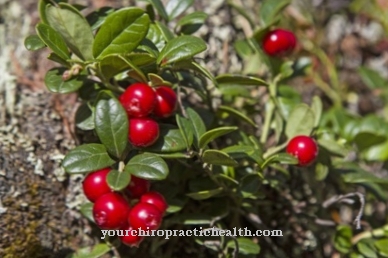
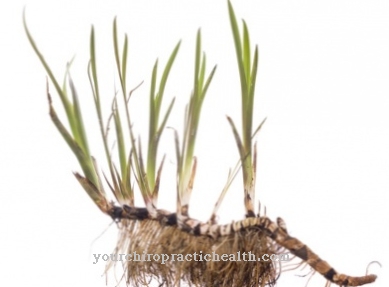
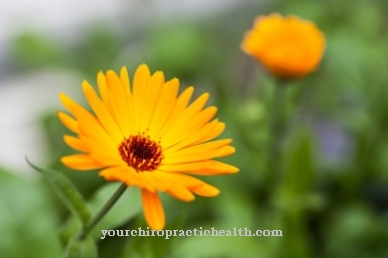

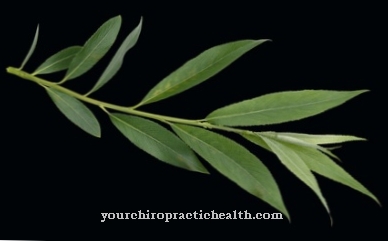
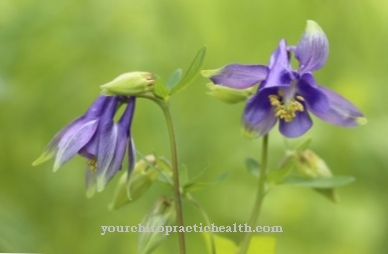

.jpg)



















